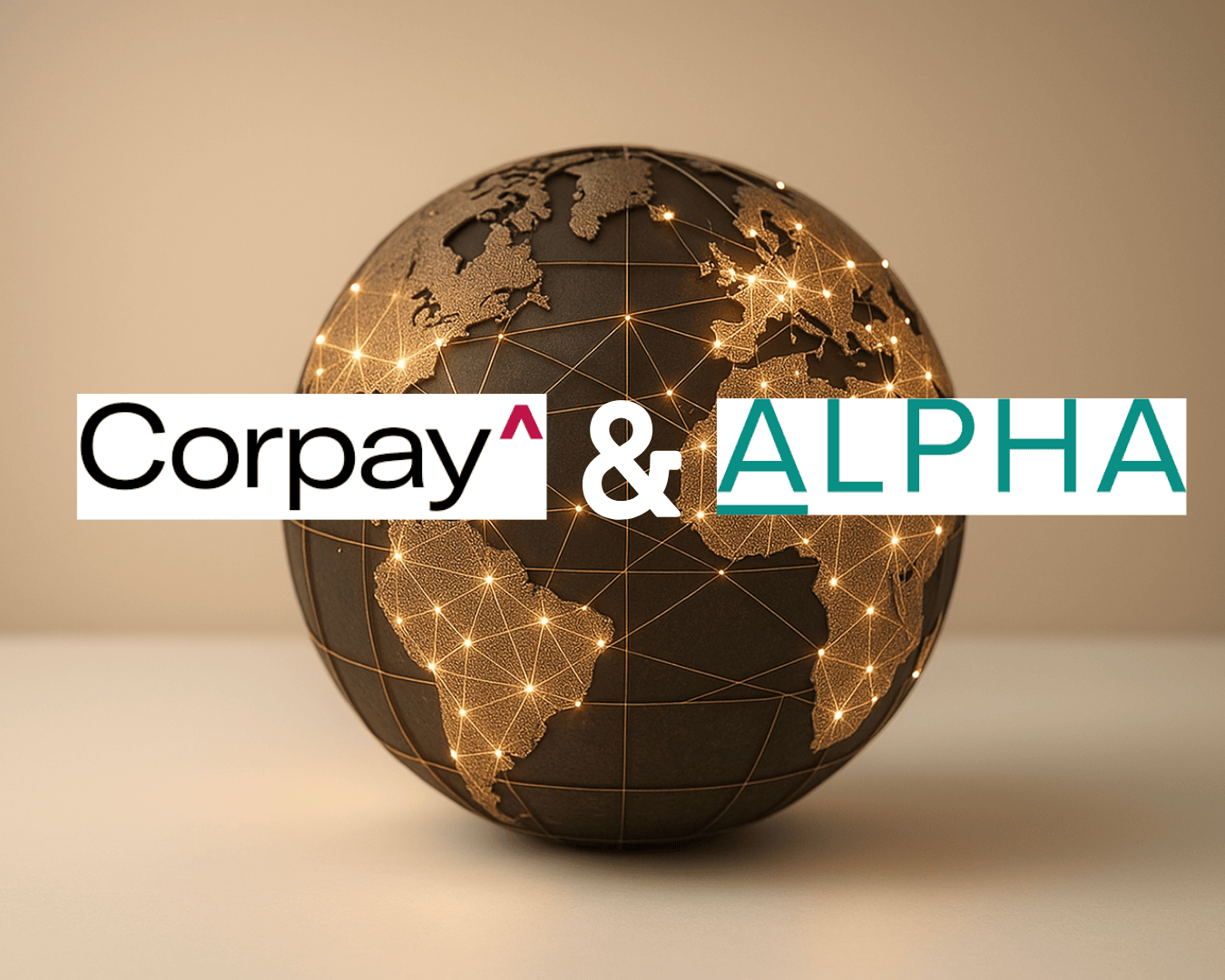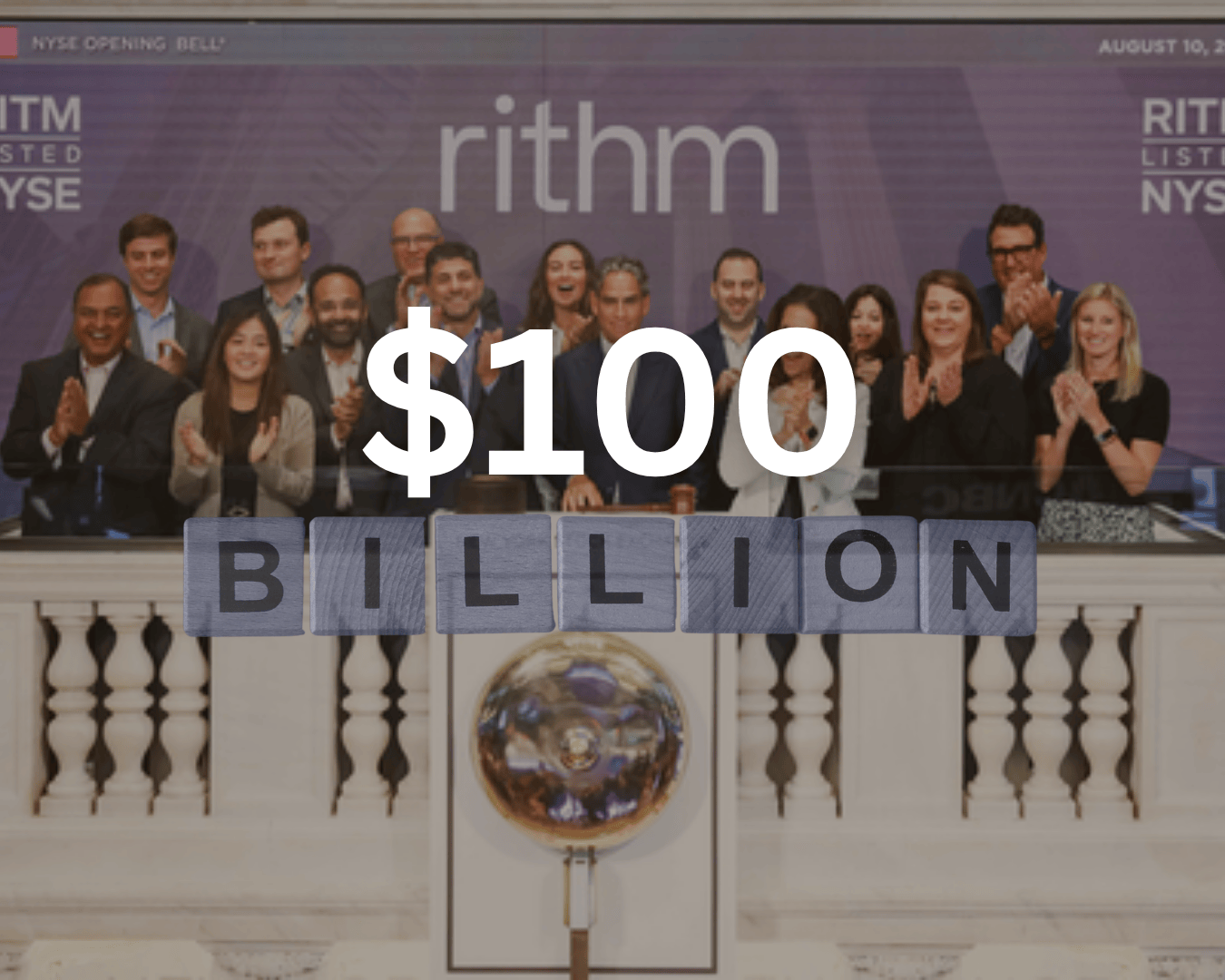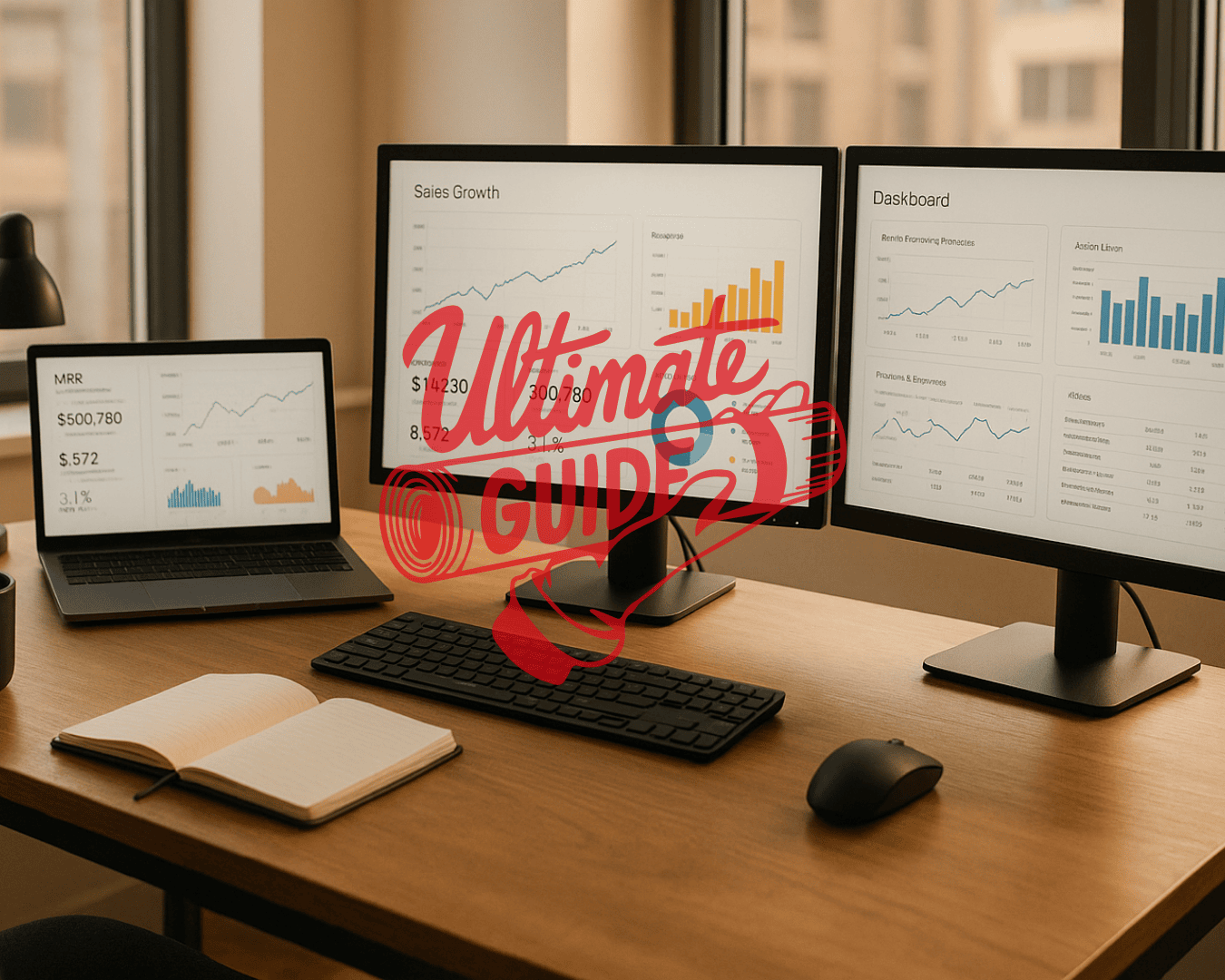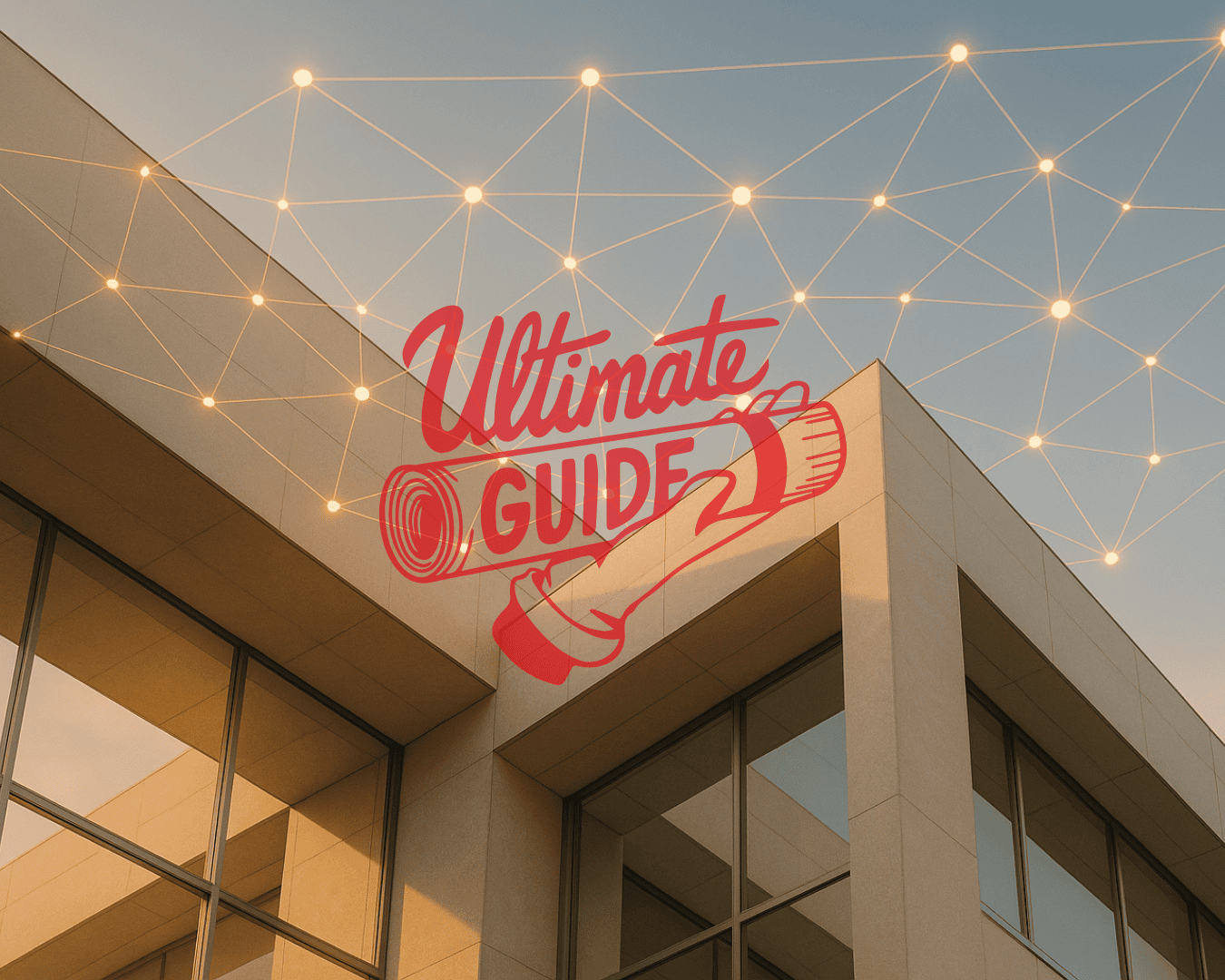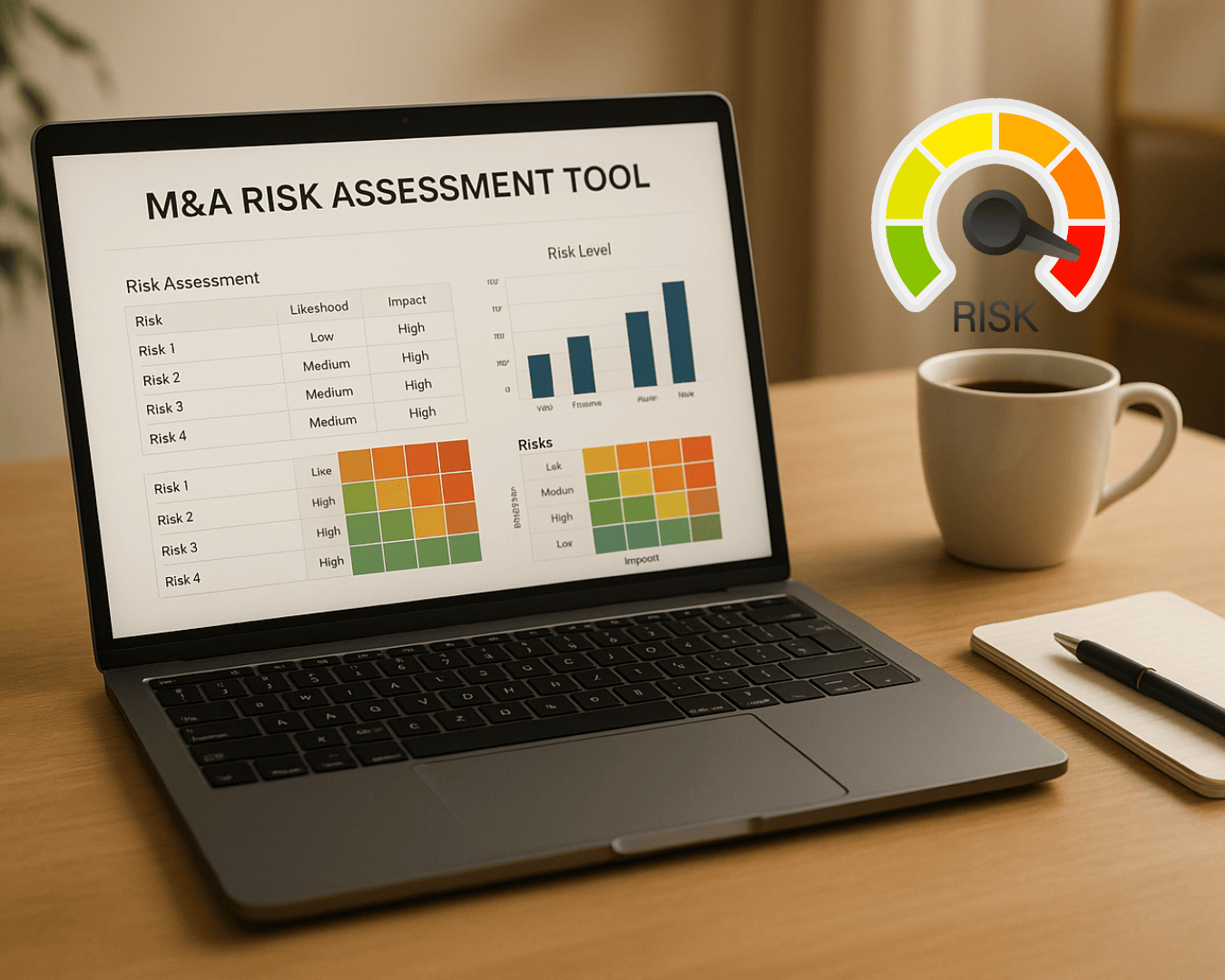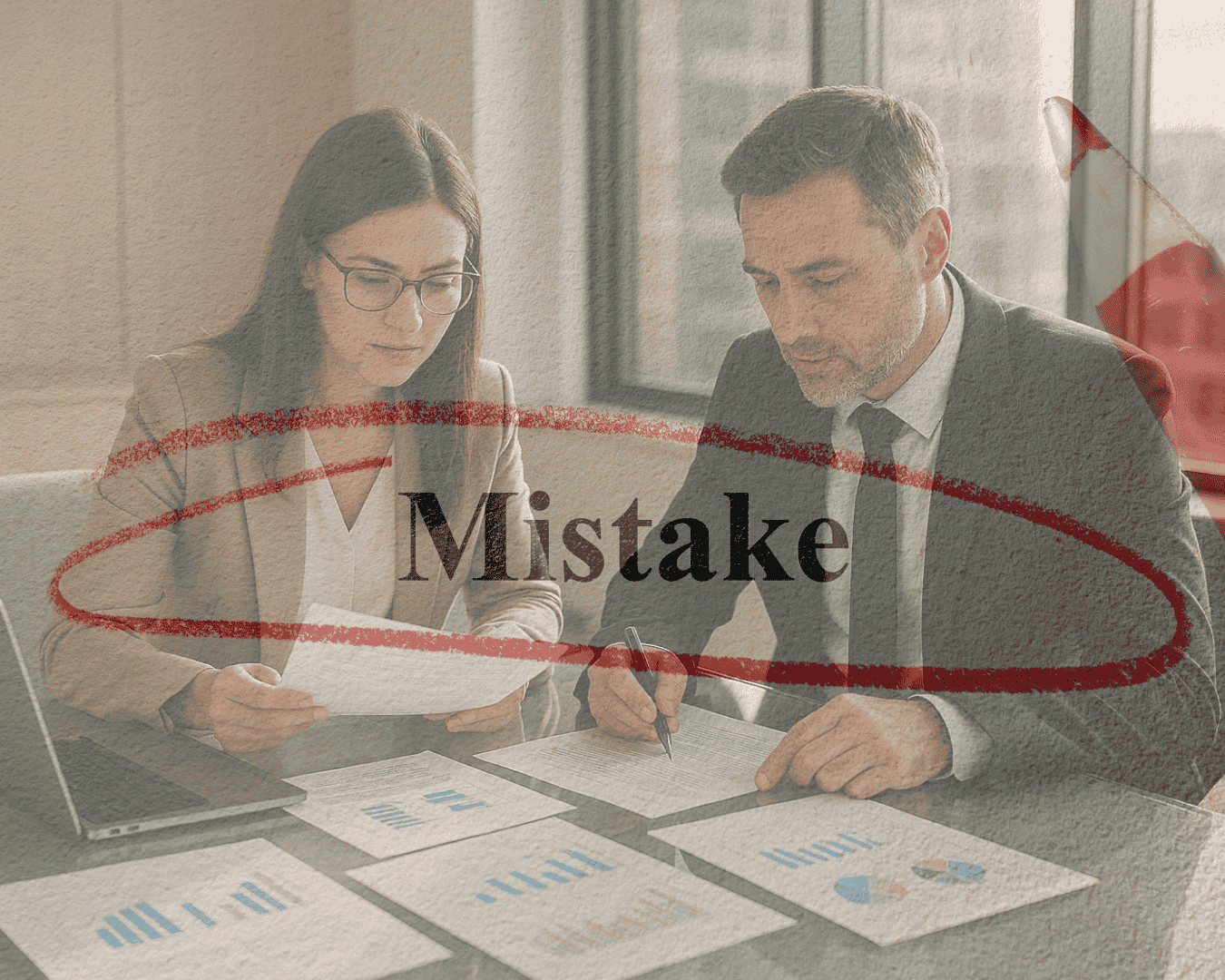When acquiring a business, one of the most overlooked yet critical aspects is managing employee liabilities. These liabilities - ranging from unpaid wages to unresolved benefits and compliance issues - can significantly impact a deal's financial and operational outcomes. If not addressed during due diligence, they may lead to unexpected costs, legal challenges, and workforce disruptions post-acquisition.
Key Takeaways:
- Employee liabilities include short-term obligations (e.g., unpaid wages), long-term responsibilities (e.g., pensions), and contingent risks (e.g., lawsuits).
- Proper due diligence involves reviewing payroll, benefits, compliance records, and hidden risks like pending disputes or regulatory issues.
- Deal structure matters: stock purchases transfer all liabilities, while asset purchases allow selective assumption of obligations.
- Integration of employee benefits and clear communication with staff are essential for a smooth transition.
- Tools like AI-powered platforms and expert advisors can streamline the process and minimize risks.
Employment Law Issues in M&A
What Are Employee Liabilities
Employee liabilities are obligations tied to a company's workforce that can significantly influence an acquisition. These liabilities often remain hidden, not appearing on financial statements, yet they can lead to unexpected costs. Examples include unpaid wages, unresolved benefits, ongoing lawsuits, and compliance issues. Understanding these obligations is crucial for buyers because, depending on the deal structure, these liabilities can transfer to the new owner, potentially resulting in unforeseen financial challenges post-acquisition.
Types of Employee Liabilities
Employee liabilities come in various forms, each carrying unique risks and financial implications:
- Short-term liabilities: These include immediate obligations like unpaid wages, overtime pay, accrued vacation, and pending expense reimbursements.
- Wage and hour disputes: Misclassifying employees as independent contractors or exempt staff can lead to significant risks. Violations of the Fair Labor Standards Act (FLSA) may result in fines, back pay for unpaid overtime, liquidated damages, and legal fees.
- Long-term liabilities: These involve obligations such as underfunded pension plans, withdrawal liabilities from union pension plans, and retiree benefits. Underfunded pension plans, in particular, can impose substantial financial burdens.
- Contingent liabilities: These represent potential future obligations, including pending lawsuits, wrongful termination claims, or other HR-related issues like unpaid severance. While difficult to quantify, they remain critical to identify during due diligence.
The current labor landscape adds another layer of complexity. For example, the National Labor Relations Board noted a 53% surge in union election petitions between October 2021 and September 2022.
These liabilities directly affect how a company is valued, which we’ll explore next.
How Liabilities Affect Business Valuation
Employee liabilities play a significant role in shaping a company’s valuation during acquisitions. Labor practices and employee-related obligations introduce financial risks that influence both the current valuation and the company’s future stability. Unaddressed liabilities often lead to a reduced purchase price.
Buyers typically assess outstanding obligations tied to wages, benefits, and severance, as these contribute to the overall financial risk of the deal. These liabilities are factored into the valuation process, potentially lowering the purchase price or altering deal terms to account for future expenses. Ignoring hidden liabilities or operational inefficiencies can result in overvaluing the company.
The structure of the deal also matters. In a stock purchase, the buyer inherits all liabilities, including those tied to employment law. In contrast, an asset purchase allows the buyer to selectively assume contracts and renegotiate terms. Because of this, employee liabilities can distort a company’s valuation, sometimes leading to an undervaluation that doesn’t reflect the business’s true potential.
How to Identify Liabilities During Due Diligence
Spotting employee liabilities during due diligence involves a deep dive into documents and compliance records to uncover both clear and hidden obligations that could influence the acquisition.
Review Payroll and Benefits Records
Start by conducting a thorough audit of payroll and benefits records to identify immediate obligations and potential compliance issues.
Employee documentation is a key starting point. Request a detailed list of current employees and independent contractors, including their employment terms and any past disputes. Personnel files should include contracts, job descriptions, and benefits details. Reviewing employee resumes can also shed light on roles and responsibilities that might affect liability estimates.
Wage and hour compliance is another critical area, especially given the complexities of federal and state labor laws. Carefully review payroll records to confirm proper employee classifications, overtime eligibility, and compliance with the Fair Labor Standards Act. This includes checking whether the payroll structure aligns with state-specific wage laws.
Work authorization compliance is essential to avoid penalties. Examine Form I-9 documentation to verify that each employee is legally authorized to work. Missing or incorrectly completed forms can lead to fines and legal challenges.
Benefits and compensation structures must be analyzed to understand ongoing financial obligations. Review health, retirement, and other employee benefits programs. Additionally, examine salary structures, bonus plans, and incentive programs. Take note of policies related to bonuses, commissions, sick leave, paid holidays, vacations, and overtime pay.
Once payroll and benefits records are reviewed, shift attention to regulatory compliance to ensure legal risks are minimized.
Check Compliance with Regulations
Confirming compliance helps prevent fines, legal troubles, and operational interruptions.
Employment law compliance involves multiple areas prone to violations. Review anti-discrimination policies, ensure adherence to equal employment opportunity standards, and confirm that background check procedures comply with the Fair Credit Reporting Act. Additionally, evaluate retirement and pension schemes, particularly in asset purchase transactions where employees may face employer changes.
Safety and health compliance is another key focus. Examine safety records, OSHA logs, written safety protocols, and related documentation to mitigate potential legal and financial risks.
Independent contractor classifications must be scrutinized, as misclassification can lead to back taxes, penalties, and unexpected benefit obligations. Carefully review agreements with independent contractors to avoid these risks.
Immigration and visa compliance is critical if foreign workers are involved. Determine whether changes in corporate ownership or employment status will require updates to employee visas or work permits.
Find Hidden Liabilities
After reviewing documentation and compliance, focus on uncovering liabilities that may not be immediately apparent. Hidden liabilities can pose serious challenges, as they often remain unnoticed until long after the deal is closed, leading to unexpected costs and legal issues.
Employment-related legal disputes should be thoroughly investigated to avoid inheriting unresolved claims. Review Employee Practices Liability Insurance records and examine any past or pending disputes tied to employment compliance.
Transaction-triggered obligations can result in immediate expenses at closing. Check key employee agreements for payouts or entitlements, such as change-of-control clauses, accelerated vesting schedules, or severance packages that may be activated by the transaction.
Regulatory investigations may not always be obvious but can lead to significant future costs. For example, data from 2023 shows a 50% increase in new sanctions, reinforcing the importance of comprehensive due diligence. Kristy Grant-Hart, head of advisory services at Spark Compliance, highlights this risk:
Many companies review third parties only at the initial contracting phase. That's a problem because good companies go bad. What's worse? Sanctions change daily, and a company or person who was clear yesterday may have massive red flags today. The one-and-done approach isn't defensible.
The risks of inadequate due diligence are substantial. In 2012, HP faced a US$5 billion loss after failing to properly review financial statements during an acquisition, ultimately paying US$11.1 billion.
Lastly, ensure there is evidence of ongoing compliance monitoring. Look for regular policy updates, employee training programs, and procedures that reflect proactive compliance management.
sbb-itb-a3ef7c1
How to Handle Employee Liabilities During the Deal
When navigating a business acquisition, addressing employee liabilities is crucial. After uncovering these responsibilities during due diligence, it's essential to structure the deal in a way that allocates liabilities effectively and manages future costs. Once these aspects are settled, the next step is to integrate employee benefits and communicate any changes to ensure a smooth transition.
Negotiate Who Covers Employee Liabilities
In mergers or stock purchases, buyers typically inherit all employee-related liabilities. However, asset purchases offer more flexibility, allowing buyers to negotiate which liabilities they will assume. To protect against unforeseen issues, include indemnification clauses that specify timeframes, caps, and the types of claims covered. This can help mitigate risks like post-closing employment lawsuits or wage disputes.
Asset acquisitions allow buyers to be selective about which employment-related liabilities they take on. Through negotiations, buyers can avoid problematic obligations while retaining valuable employment agreements. Wage and hour disputes, in particular, can pose significant risks for buyers. To address this, buyers may require sellers to resolve any pending claims before the deal closes.
For WARN Act obligations, sellers are responsible until the deal closes. If employees transition seamlessly without job loss, WARN requirements may not apply. As the Department of Labor explains:
WARN notice is only required where the employees, in fact, experience a covered employment loss, and no such notice is required where employees are only technically terminated in the course of transferring from the seller's employ to the buyer's.
Plan the Integration of Employee Benefits
Once liabilities are allocated, the focus shifts to integrating employee benefits. This step is vital for maintaining workforce stability while keeping costs under control and staying compliant with regulations.
Start with a clear integration strategy. This should include a thorough assessment of both companies' systems and processes - such as payroll, benefits administration platforms, and HR information systems - to pinpoint potential challenges. A well-planned strategy can help identify conflicts, reduce inefficiencies, and ensure compliance.
Create a detailed roadmap. This roadmap should outline timelines, milestones, and contingency measures to guide the integration process. Pay special attention to data integration to ensure that critical information remains intact and accessible.
Harmonize employee benefits thoughtfully. Compare the benefits, eligibility criteria, and plan structures of both organizations. Decide whether to temporarily maintain separate plans, immediately unify benefits, or develop a hybrid approach that combines the best features of each program. Employee benefits play a key role in retention, so this step requires careful consideration.
Finally, evaluate administrative processes. Review the recordkeeping and administrative functions of both companies' benefits plans. Update controls and procedures as needed to ensure smooth execution. Keep in mind that challenges like incompatible IT systems can disrupt operations, so plan accordingly with clear milestones.
As Morgan Lewis notes:
For most mergers and acquisitions, the hardest work - especially for buyers - often begins when the deal closes. The integration team must take action to evaluate and address personnel matters and provide a smooth transition of employee benefits.
Communicate Changes to Employees
Once benefits are integrated, clear communication is essential to maintaining trust and stability among employees. Develop a communication plan that outlines the key messages, timing, and delivery methods for notifying employees about any changes to their benefits or roles.
Explain how the integration will affect current benefits, when changes will take effect, and what employees need to know during the transition. Be transparent about any staffing changes or layoffs, and ensure compliance with WARN Act requirements if reductions are planned.
It's also important to address restrictive covenants. Review existing agreements to ensure they adequately protect proprietary information and assets. If they fall short, prepare to establish new agreements with incoming employees as part of the transition process.
Tools and Expert Help for Managing Liabilities
Handling employee liabilities during acquisitions can be a daunting task, but the right mix of advanced technology and professional expertise can make it much more manageable. Modern platforms and skilled advisors play a key role in identifying and addressing these responsibilities effectively.
Use Technology to Streamline Due Diligence
Technology has revolutionized how companies assess employee liabilities during acquisitions. AI-powered platforms and deal management tools now automate much of the document review process, making it faster and more precise to pinpoint potential concerns. For instance, using a structured technology due diligence checklist can improve issue identification rates by over 60%. This is particularly helpful when workforce-related obligations are buried in complex documentation.
Platforms like Clearly Acquired centralize and automate the review of payroll records, benefits documents, and compliance files. By leveraging AI, Clearly Acquired simplifies the due diligence process, supporting the entire acquisition workflow.
Other tools, such as DealCentre AI, offer advanced features like document categorization, keyword extraction, and the identification of sensitive information (PII). These capabilities allow buyers to quickly locate and analyze critical employment contracts, benefits agreements, and regulatory compliance documents.
Additionally, Digital Employee Experience (DEX) tools provide valuable insights into the target company’s workforce technology. These platforms analyze factors like endpoint security, software compatibility, and employee journey data, helping buyers identify potential integration challenges that could lead to unexpected liabilities.
The numbers speak for themselves: between 40–60% of expected synergies in M&A deals are tied directly to IT integration success. Companies that conduct thorough technology due diligence are 28% more likely to hit their synergy targets and 32% more likely to retain essential technical talent after the acquisition. As McKinsey & Company highlights:
Technology due diligence is no longer a secondary consideration but a primary driver of acquisition value in the digital era.
While technology speeds up the process, expert advisors are essential for interpreting and acting on the findings.
Engage Expert Advisors
Even with cutting-edge tools, professional advisors are indispensable when it comes to navigating complex employee liabilities. Employment laws, benefits compliance, and workforce transitions often require expertise that goes beyond what technology can deliver.
Legal advisors specializing in employment law help buyers grasp the full scope of potential liabilities. They review restrictive covenants, assess compliance with laws like the WARN Act, and identify possible wage and hour disputes that could arise after the deal closes. These professionals also help structure indemnification clauses and negotiate liability allocation terms to shield buyers from unexpected claims.
HR consultants bring critical knowledge to the table for benefits integration. They evaluate the compatibility of benefits programs, assess administrative systems, and design transition strategies that balance employee satisfaction with cost control. Their expertise in areas like COBRA compliance, retirement plan transfers, and benefits harmonization ensures smoother transitions and avoids costly errors.
Financial advisors with M&A experience play a pivotal role in quantifying employee liabilities and analyzing their impact on deal valuation. Platforms like Clearly Acquired combine advanced tools with advisory services, offering buyers a comprehensive approach to navigating complex transactions. Their buy-side advisory services help structure deals that account for employee-related risks and opportunities.
Engaging advisors early is key. Companies that develop detailed IT integration roadmaps within 60 days of closing are 30% more likely to achieve their synergy goals. The same principle applies to employee liability management - early involvement of experts can significantly improve outcomes.
For acquisitions in highly regulated industries such as healthcare, financial services, or manufacturing, industry-specific advisors can be especially valuable. These experts bring a deep understanding of sector-specific compliance requirements and can spot risks that general consultants might miss.
Key Points for Managing Employee Liabilities
When it comes to managing employee liabilities, preparation, communication, and the right tools can make all the difference. As one industry expert put it:
Employees are often the heart of an organization, and any misstep in aligning compensation and benefits can lead to dissatisfaction, decreased productivity, and, ultimately, increased turnover.
Here’s how to approach this critical aspect of the acquisition process:
Start with thorough due diligence. Begin by reviewing payroll, benefits, and compliance documentation. By developing a formal integration strategy early, you can pinpoint potential challenges and lay the groundwork for a smoother transition.
Use technology to simplify the process. Modern platforms consolidate payroll, benefits, and compliance data, making it easier to identify liabilities quickly. It’s worth noting that only about 3% of small businesses carry Employee Practices Liability Insurance (EPLI). This means many targets may lack adequate protection against employment-related claims, making it essential to address these gaps proactively.
Prioritize transparent communication. Keeping employees informed about changes fosters trust and reduces the risk of turnover. Clear communication ensures that transitions are met with understanding rather than resistance.
Plan benefits integration carefully. To minimize disruption and maintain morale, compare benefits side by side, evaluate cost implications, and develop strategies that balance employee satisfaction with financial considerations. As one expert highlighted:
Strategic planning can pay enormous dividends toward ensuring a successful integration of retirement benefits with minimal cost and disruption.
Finally, bring in specialists to navigate compliance, structure indemnifications, and guide benefit integrations. Their expertise can help you avoid costly mistakes while ensuring a seamless process.
Treat employee liability management as a core part of your acquisition strategy - not an afterthought. A proactive approach helps maintain stability, preserves morale, and sets the stage for long-term success.
FAQs
What steps can businesses take to uncover hidden employee liabilities during due diligence?
To spot hidden employee-related risks during due diligence, businesses need to take a close look at employment contracts, benefit obligations, and severance agreements. These documents can often reveal potential issues that might otherwise go unnoticed. It's equally important to dig into any pending labor disputes, lawsuits, or compliance concerns, as these could result in unexpected costs or complications.
Examining workforce data - like turnover rates and employee satisfaction - can also shed light on deeper issues that aren't immediately obvious. Don’t overlook the financial impact of unfunded pension plans or long-term benefit liabilities, which can have a major effect on the bottom line. Taking a detailed and proactive approach helps ensure a more accurate picture of employee-related risks before moving forward with an acquisition.
What’s the difference between handling employee liabilities in stock purchases vs. asset purchases?
When it comes to a stock purchase, the buyer essentially takes over the entire company, including all its assets and liabilities. This means that obligations tied to employees - like wages, benefits, and employment agreements - usually transfer automatically to the new owner unless the purchase agreement specifies otherwise.
On the other hand, an asset purchase gives the buyer the flexibility to choose which assets and liabilities they want to take on. In this case, employee liabilities typically don’t transfer unless the buyer explicitly agrees to take responsibility for them. This often means negotiating new employment agreements with the staff or addressing specific obligations on a case-by-case basis.
Grasping these distinctions is key to minimizing risks and ensuring a smooth handover when acquiring a business.
How can technology and expert advisors simplify managing employee liabilities during an acquisition?
Managing employee liabilities during acquisitions can be a daunting task, but the right blend of technology and expert guidance can make the process far more manageable. These resources are key to streamlining HR due diligence, ensuring adherence to employment laws, and facilitating a smooth transition for employees.
Advanced tools play a big part in this process. They can consolidate employee data, automate repetitive tasks, and flag potential risks early on - saving both time and effort. On the other hand, expert advisors, such as HR consultants and legal professionals, offer invaluable insights. They help businesses tackle complicated challenges like integrating benefits, revising contracts, and restructuring the workforce. Their expertise minimizes legal risks and ensures compliance, making transitions less stressful for everyone involved.
By combining cutting-edge technology with expert advice, businesses can handle employee liabilities with confidence and keep their focus on achieving long-term goals.




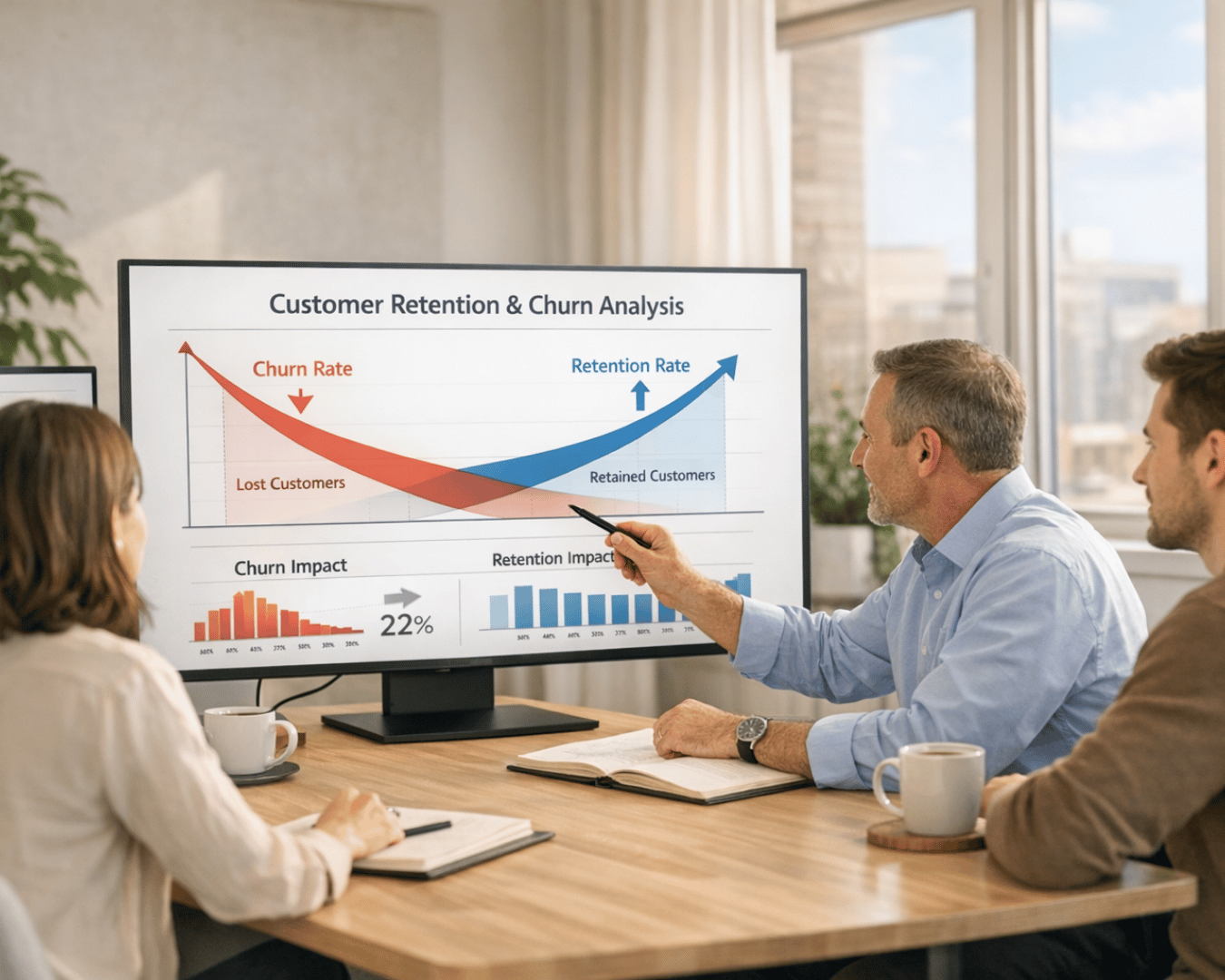
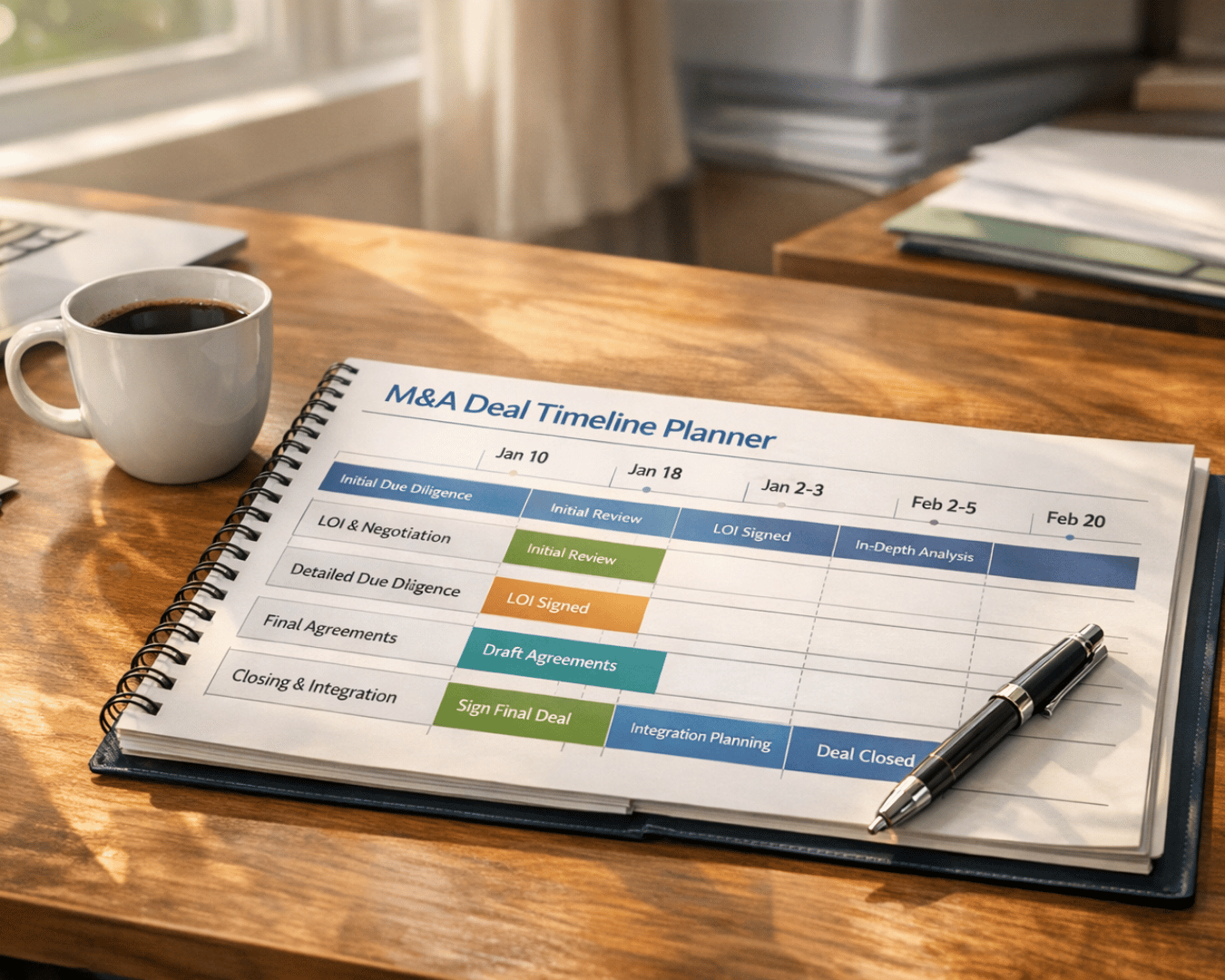




















.png)





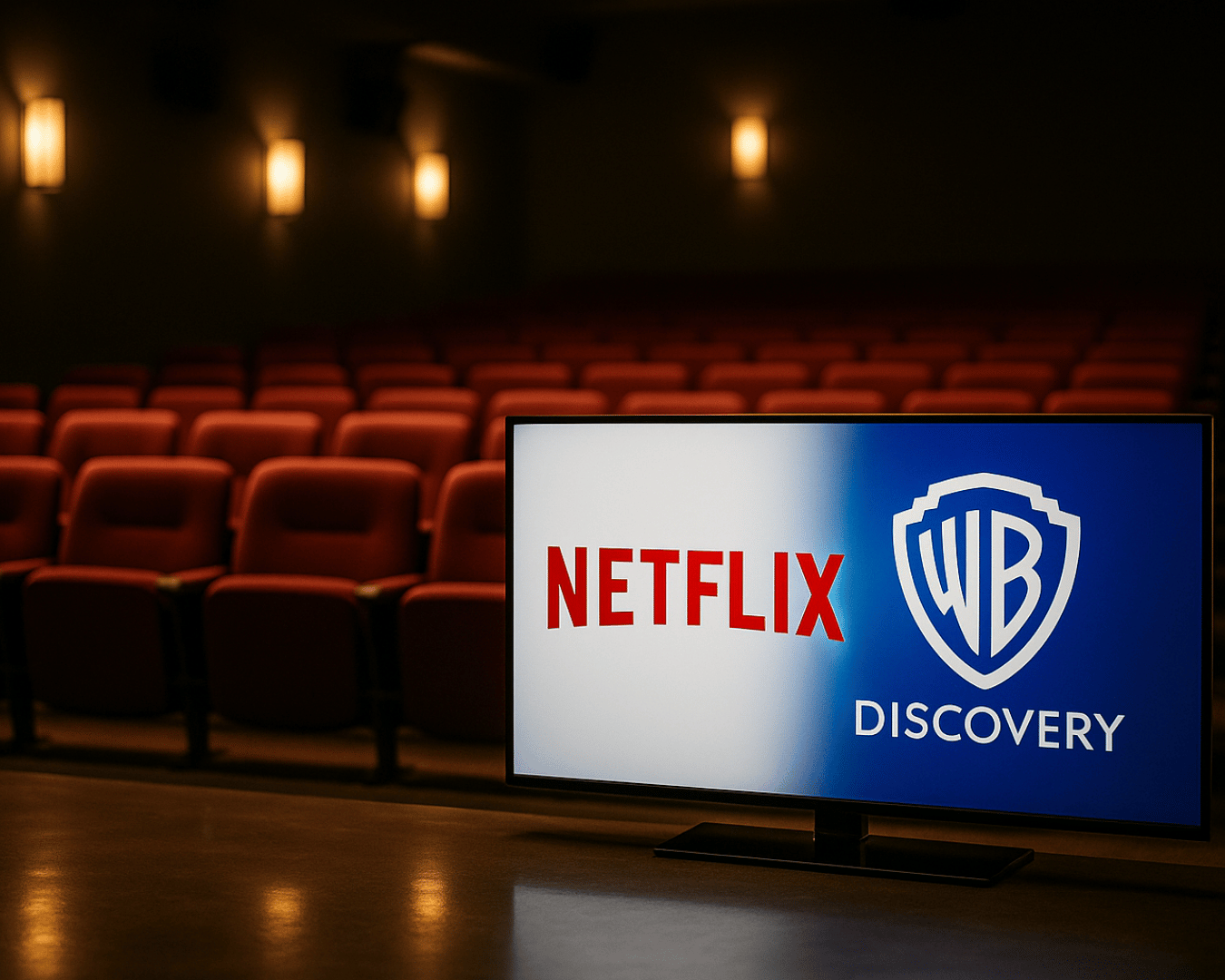











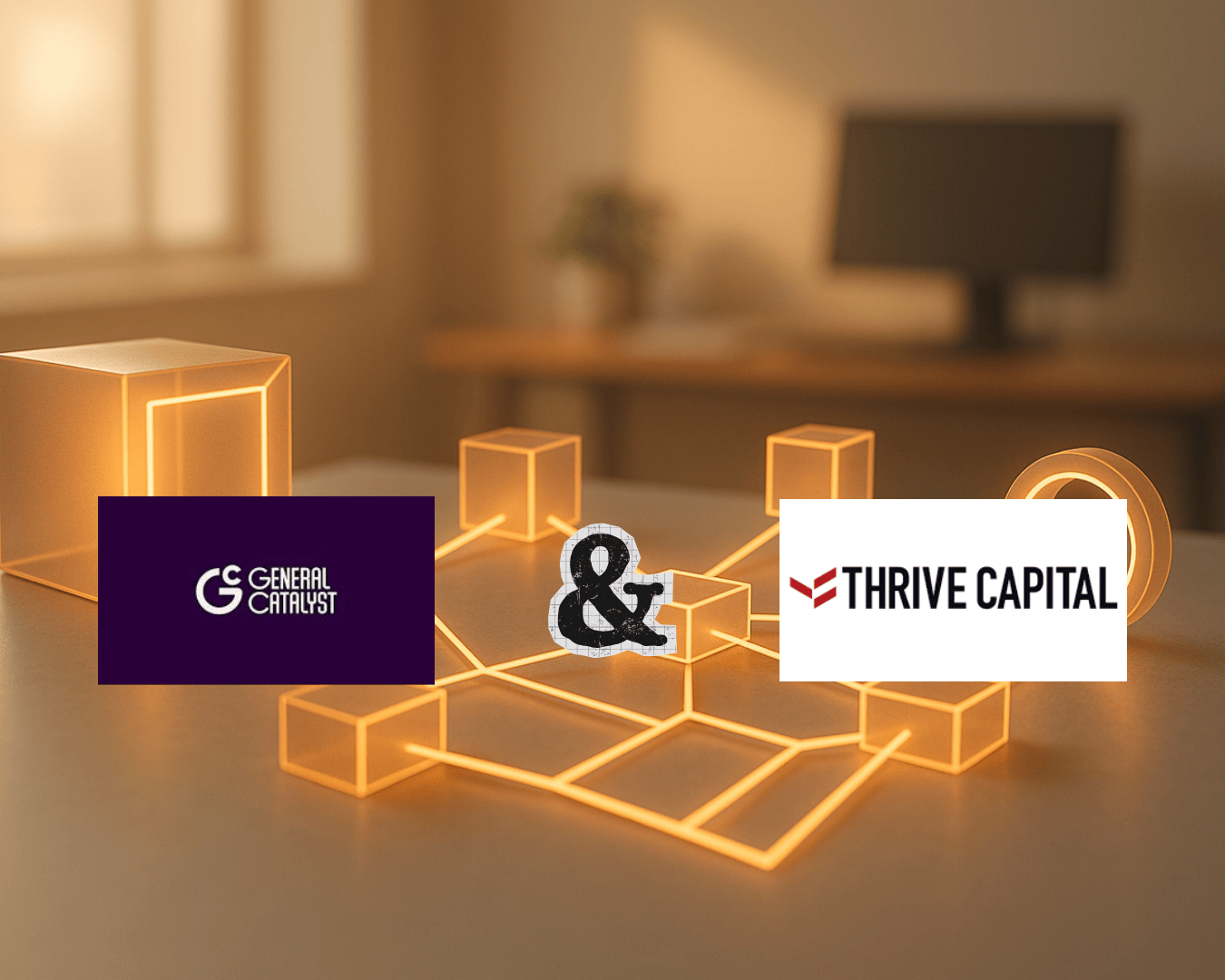


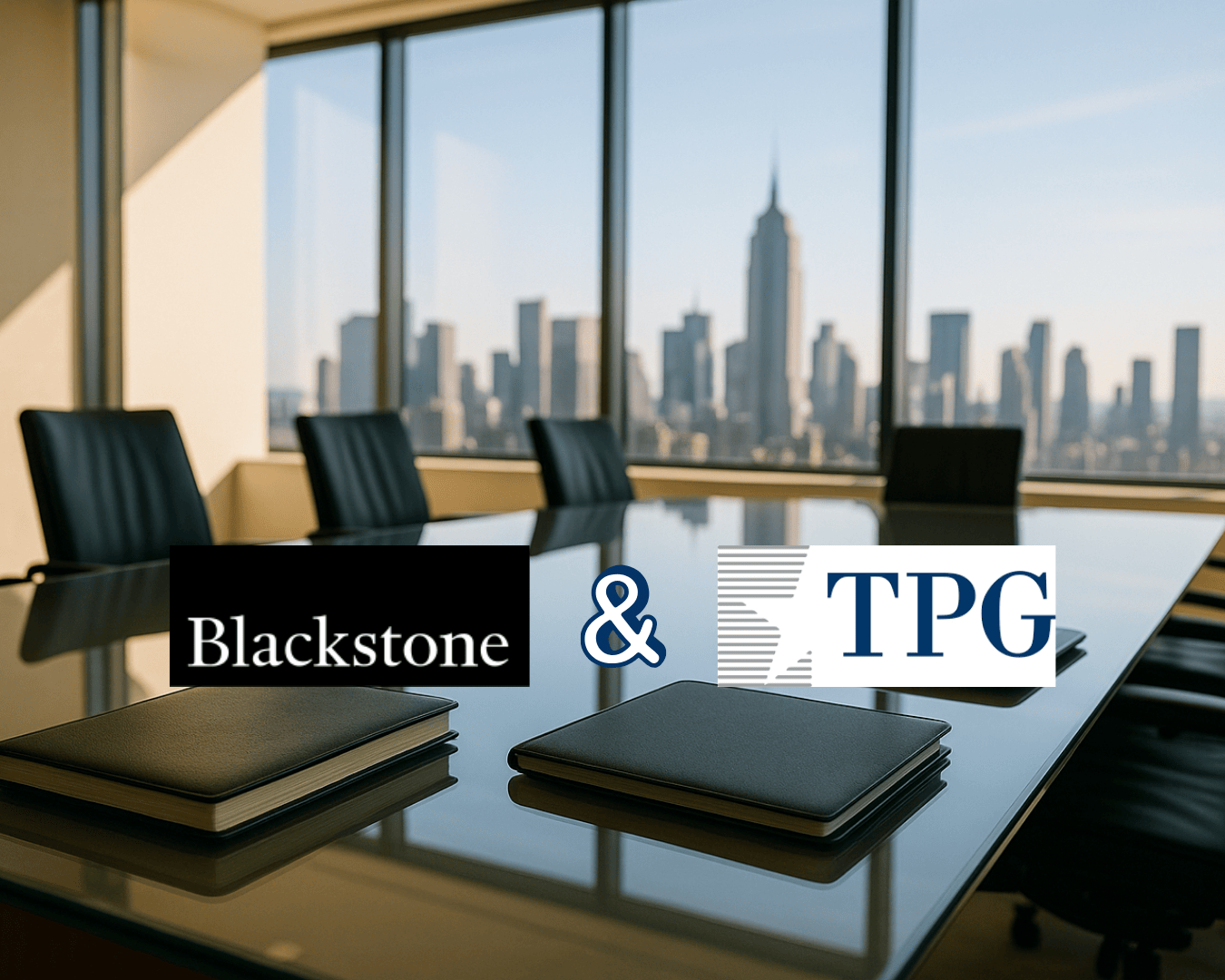








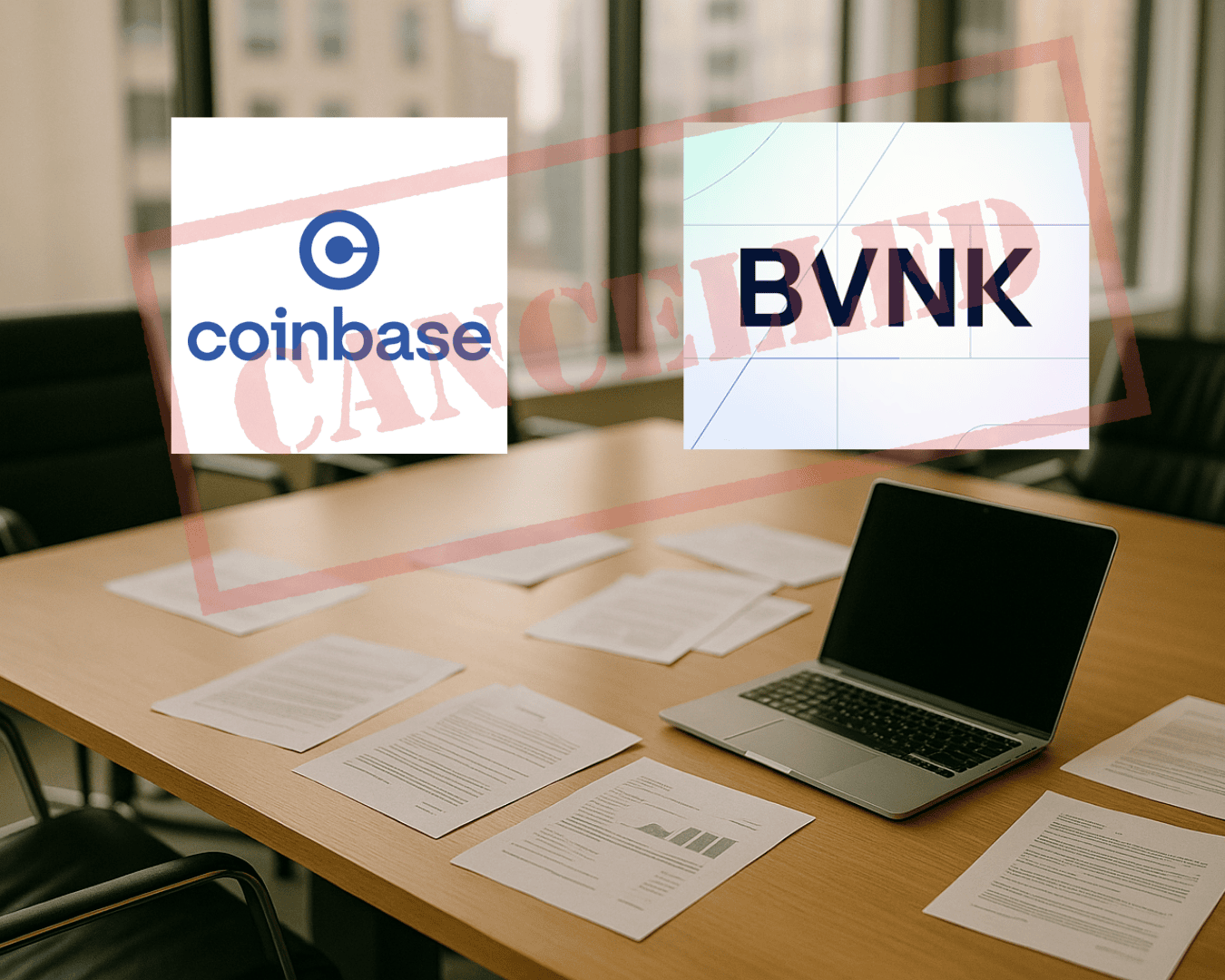









.png)




